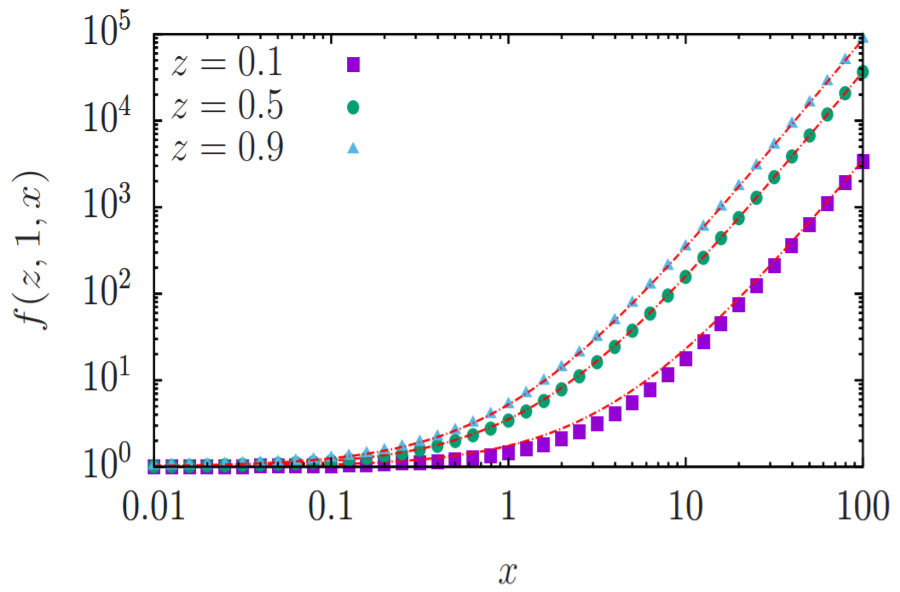 |
We show that the Lee-Huang-Yang (LHY) energy functional for a heteronuclear Bose mixture can be accurately approximated by an expression that has the same functional form as in the homonuclear case. It is characterized by two exponents, which can be treated as fitting parameters. We demonstrate that the values of these parameters which preserve the invariance under permutation of the two atomic species are exactly those of the homonuclear case. Deviations from the actual expression of LHY energy functional are discussed quantitatively. F. Minardi et al. |
LAST NEWS
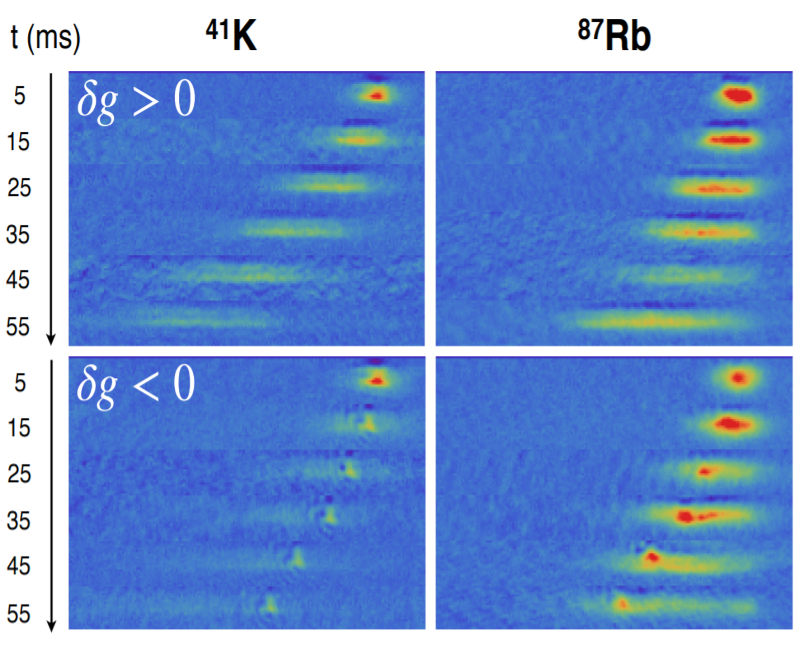 |
We report on the formation of heteronuclear quantum droplets in an attractive bosonic mixture of 41K and 87Rb. We observe long-lived self-bound states, both in free space and in an optical waveguide. In the latter case, the dynamics under the effect of a species-dependent force confirms their bound nature. By tuning the interactions from the weakly to the strongly attractive regime, we study the transition from expanding to localized states, in both geometries. We compare the experimental results with numerical simulations and we find a good agreement in the full range of explored interactions. C. D'Errico et al. |
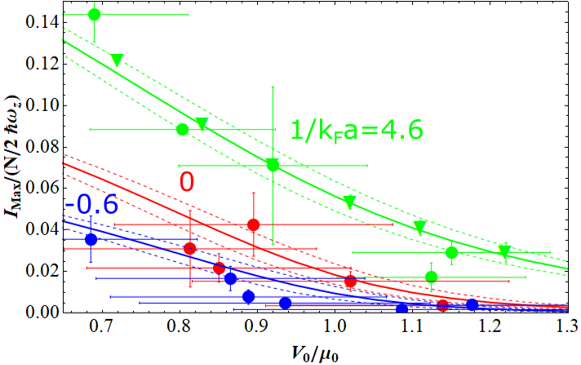 |
Together with Wilhelm Zwerger, we developed a simple analytic model to quantitatively describe the Josephson tunneling between two Fermi superfluids along the entire BCS-BEC crossover. Our work just got published in Phys. Rev. A. M. Zaccanti, W. Zwerger, |
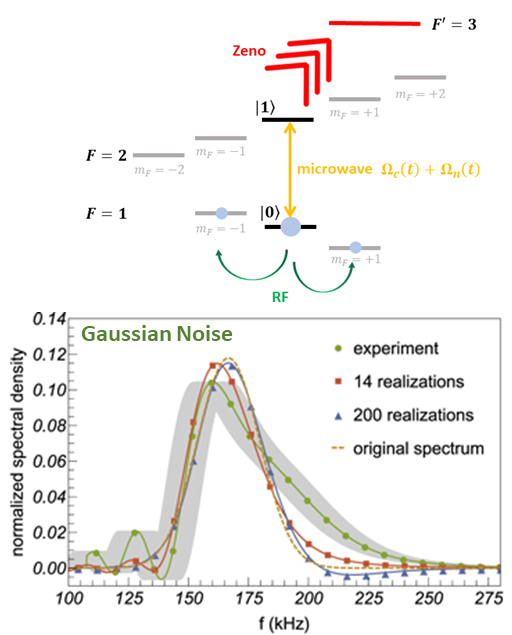 |
The ideal quantum Zeno effect is a robust method to protect the coherent dynamics of a quantum system. In particular , in the weak quantum Zeno regime, repeated quantum projective measurements can allow the sensing of semi classical field fluctuations. We report our proposal and demonstration, both theoretical and experimental, of a novel noise sensing scheme enabled by the weak quantum Zeno regime. We experimentally tested these theoretical results on a Bose Einstein Condensate of 87Rb atoms realized on an atom chip, by sensing ad hoc introduced noisy fields. H.–V. Do et al., |
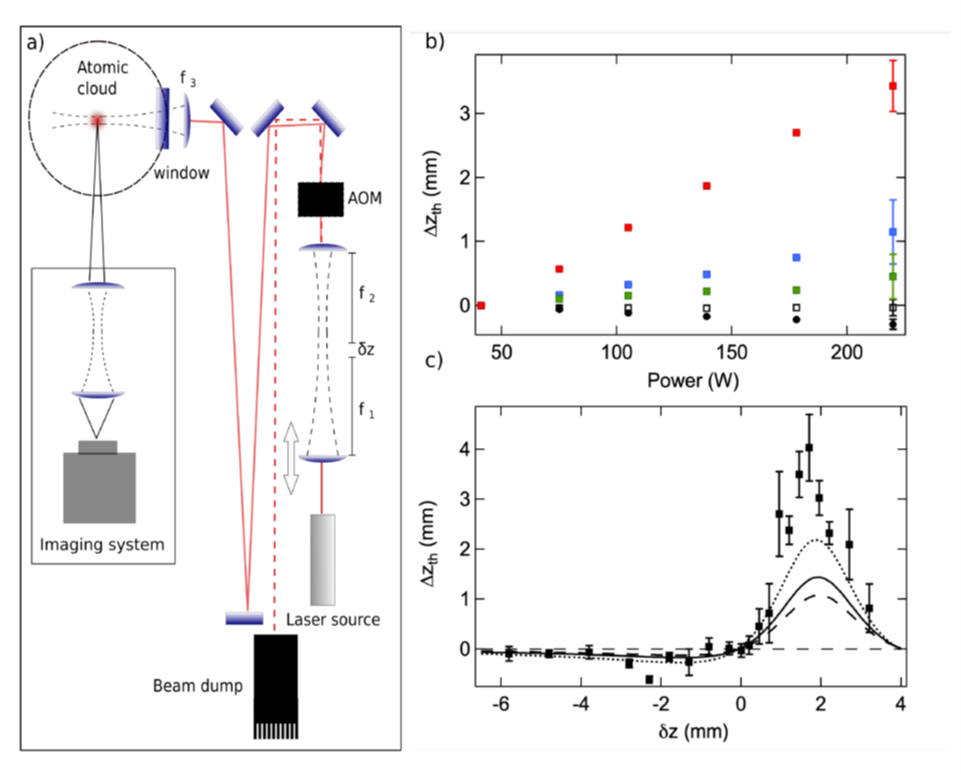 |
We devised a simple, totally passive scheme that enables to realize an inexpensive optical trapping apparatus free from thermal lensing effects. Our work just got published in Optics Express. C. Simonelli et al., |
